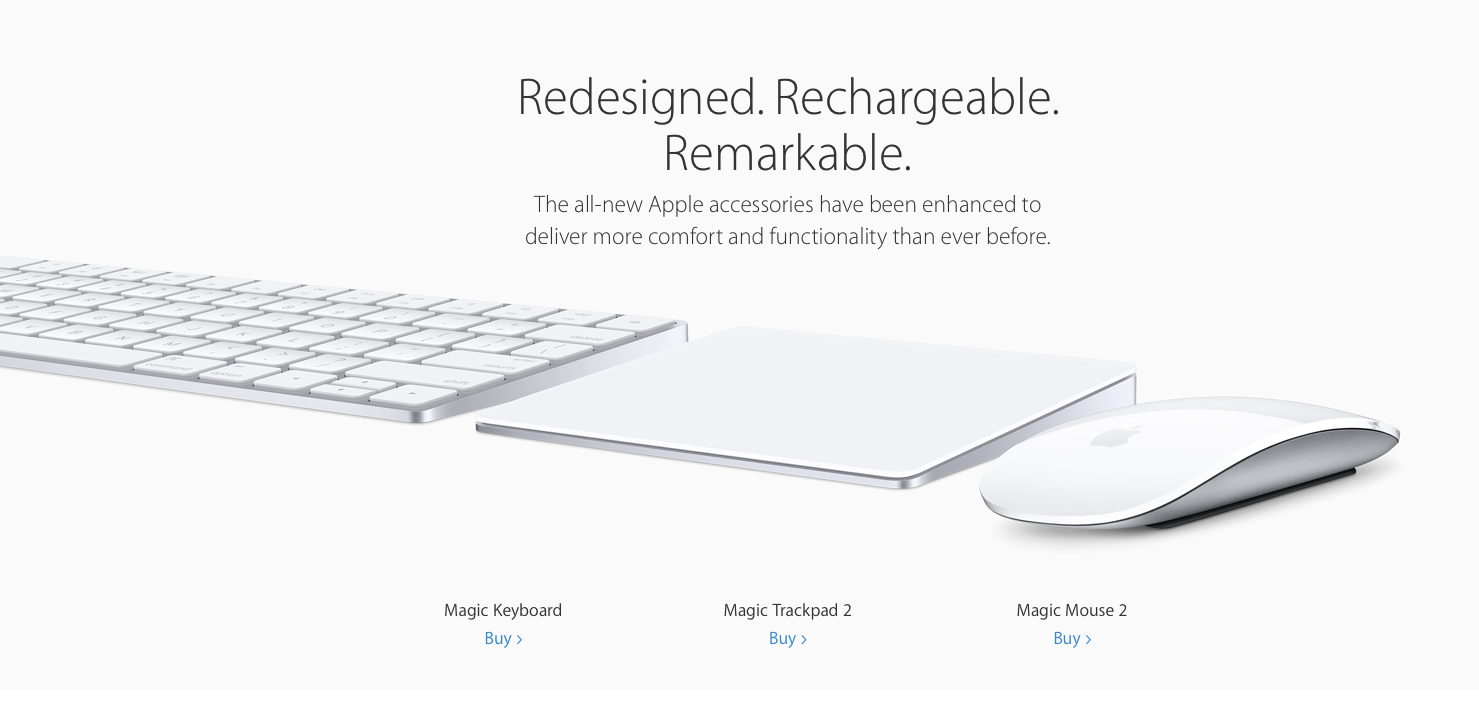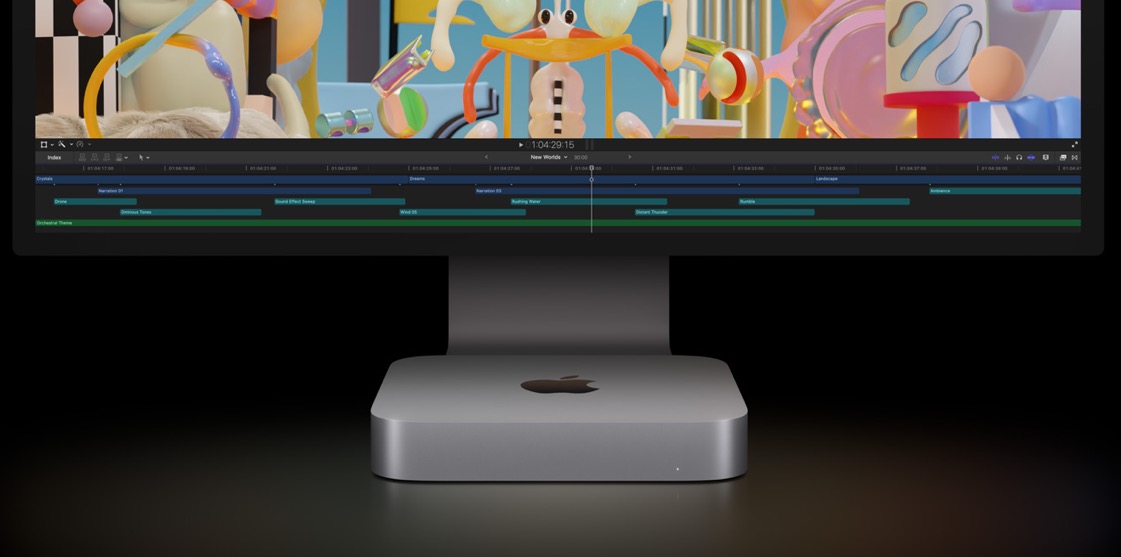
The Story Behind Apple’s New iMacs and Magic Accessories
Steven Levy had the chance to visit the Input Design Lab, the secret laboratory where Apple designs its Macintosh accessories, to find out the story behind the new “toys” announced today. Apple has switched to an internal lithium battery for the new Magic accessories, and everything was going fine except one thing: The mouse just didn’t sound right. That’s what caused endless late-night discussions at the office and where Levy’s story begins (via Medium).
“It had just changed… kind of… the sound,” says John Ternus VP for Mac, iPad, Ecosystem and Audio Engineering, who has been working for Apple since 2001. “They all make a noise?—?the question is getting a noise we like. It sounded… not right.”

In an era of declining PC sales, Apple is focusing on bringing the best computing experience to its customers, going into details such as the sound of the mouse, Levy says. So why bother releasing new Macs every year when they have the iPad Pro and other mobile devices? Apple SVP of Worldwide Product Marketing, Phil Schiller, responds:
“We are in an amazing time where there are different ideas competing for your computing life. That’s great?—?we love that. And we have thought long and deep about what choices we want to offer customers. One is iPad?—?it can do many things you want to do on a PC, so many that people choose to make it their primary computing device, and it can do that. That’s more true with the iPad Pro than it’s ever been. But that’s not everybody. There are other people who will decide that nothing does the things they need in their lives as well as a Mac.”
Schiller’s theory of the Apple product line puts all products on a continuum. He says you should be using the smallest possible gadget to squeeze as much productivity as you can before moving to the next product in line, since they are all computers, and each one of them offers computers something unique. For example: “The job of the watch is to do more and more things on your wrist so that you don’t need to pick up your phone as often,” Schiller explains. And the Mac?
Its job is to challenge what we think a computer can do and do things that no computer has ever done before, be more and more powerful and capable so that we need a desktop because it’s capable,” says Schiller. “Because if all it’s doing is competing with the notebook and being thinner and lighter, then it doesn’t need to be.
The new iMacs also underscore Apple’s belief that multi-touch shouldn’t extend to the desktop display.
While iOS was designed from the start as a multi-touch experience, OS X was designed for an “indirect pointing mechanism”. Since the two worlds are deliberately different, Apple aims to keep them separate, since the company’s position is that touch control for the desktop “should be a hands down experience.”
The whole story is well worth 15 minutes of your time. You can read it by following this link.

